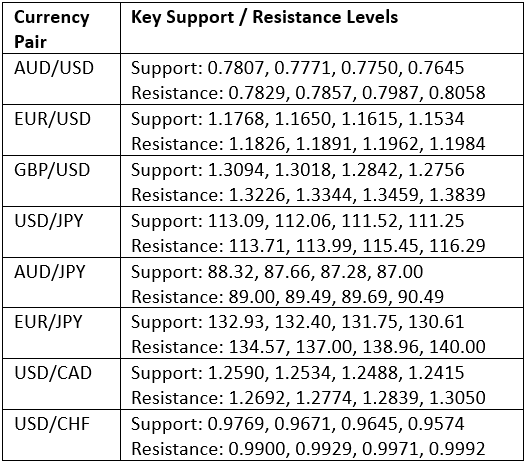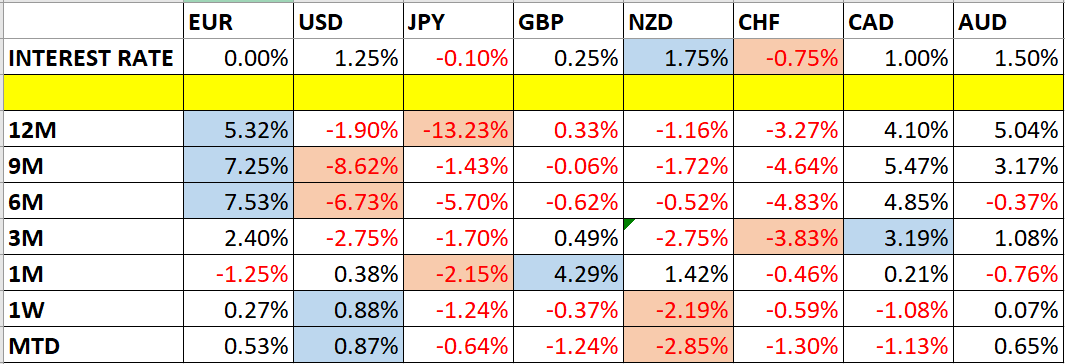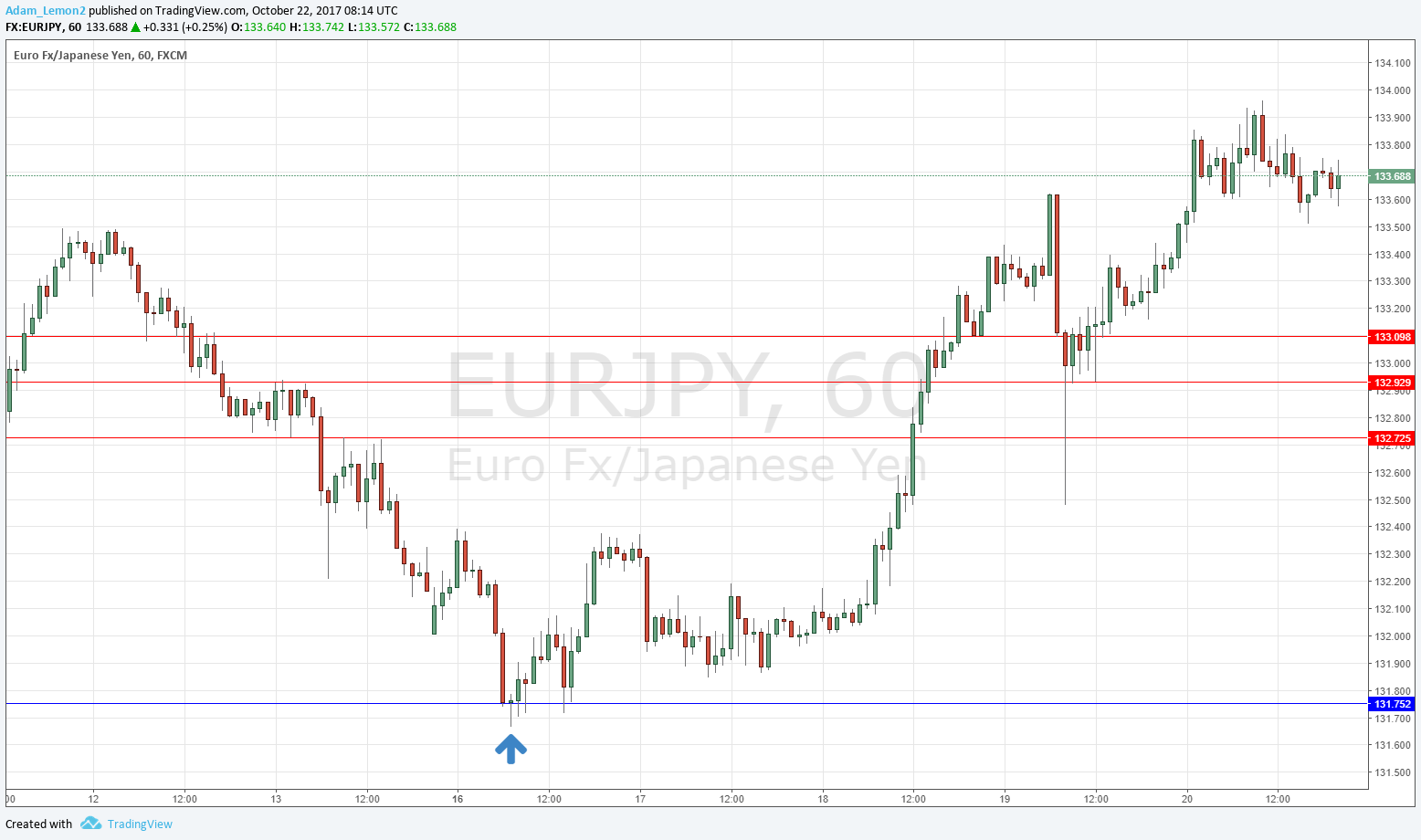This week we’ll begin with our monthly and weekly forecasts of the currency pairs worth watching. The first part of our forecast is based upon our research of the past 16 years of Forex prices, which show that the following methodologies have all produced profitable results:
· Trading the two currencies that are trending the most strongly over the past 3 months.
· Assuming that trends are usually ready to reverse after 12 months.
· Trading against very strong counter-trend movements by currency pairs made during the previous week.
· Buying currencies with high interest rates and selling currencies with low interest rates.
Let’s take a look at the relevant data of currency price changes and interest rates to date, which we compiled using a trade-weighted index of the major global currencies:
Monthly Forecast October 2017
For the month of October, we forecasted that the best trade will be long GBP/USD. So far, the performance has been negative:
Weekly Forecast 22nd October 2017
Last week, we made no forecast, as there were no strong counter-trend movements.
This week, we again make no forecast, as there were again no strong counter-trend movements.
This week has been dominated by relative strength in the U.S. Dollar, and relative weakness in the New Zealand Dollar.
Volatility was a little higher than it was last week, with approximately 29% of the major and minor currency pairs changing in value by more than 1%. Volatility is likely to be similar over this coming week.
You can trade our forecasts in a real or demo Forex brokerage account.
Key Support/Resistance Levels for Popular Pairs
We teach that trades should be entered and exited at or very close to key support and resistance levels. There are certain key support and resistance levels that should be watched on the more popular currency pairs this week, which might result in either reversals or breakouts:
Let’s see how trading one of these key pairs last week off key support and resistance levels could have worked out:
EUR/JPY
We had expected the level at 131.75 might act as support, as it had acted previously as both support and resistance. Note how these “flipping” levels can work well. The H1 chart below shows how after holding more or less to the exact pip, the price bounced bullish off this level and made a small bullish pin candlestick which broke bullishly straight away (marked by the upwards arrow in the chart), during the London session, which is typically a good time to enter a trade in a currency pair involving the Euro. The maximum reward to risk ratio reached has so far been extremely good, more than 14 to 1, although the stop loss has not yet been reached so the result could yet be better still. This excellent result is partly because the risk on the entry candle is only approximately 15 pips. Usually, larger pin candlesticks are more likely to provide better entries than smaller ones, but it worked well in this case.
You can trade our forecasts in a real or demo Forex brokerage account to test the strategies and strengthen your self-confidence before investing real funds


